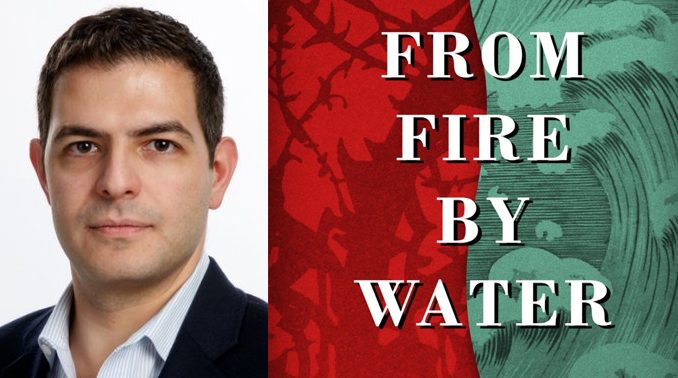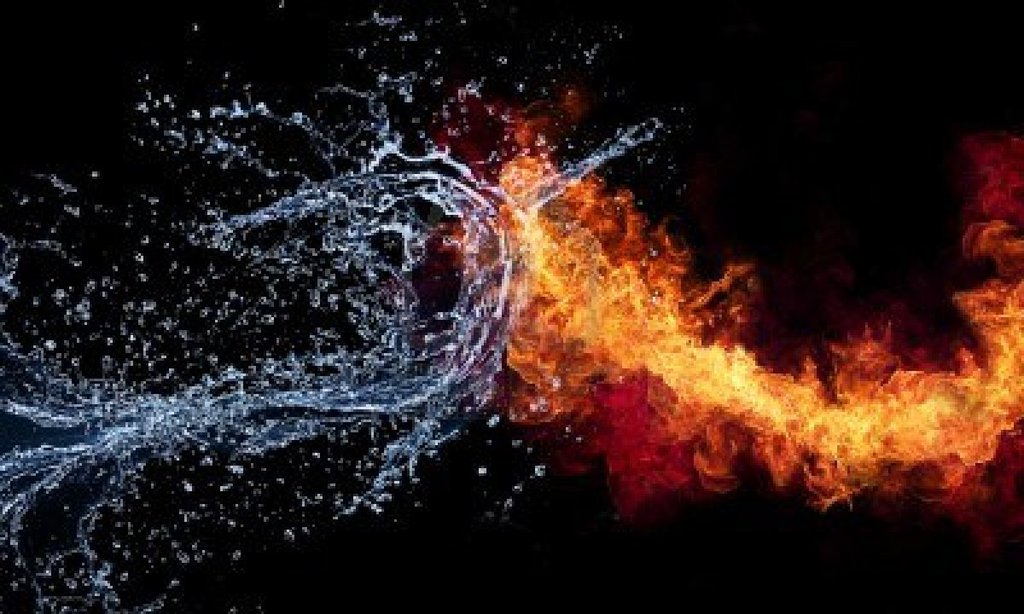
I have to admit it, Catholic conversion stories are mostly yawn inducing for me now.
Don’t get me wrong, I’m delighted that more people than ever are actually converting to the Catholic faith, and I’m glad they are writing their conversion stories and usually writing them in great style. I think they should be published and I want them to be widely read.
Furthermore, they are not disposable books. Some of the writing from recent stories has been top notch. Tyler Blanski’s An Immovable Feast was full of interesting human detail and emotion and was simply a good story well told. He’s a good writer and a good convert.
The thing I find tiresome is simply that the stories have been told before. The path from Evangelical to Anglican to Catholic is pretty heavily traveled. It’s a logical trajectory–a journey I made and which so many others from the great pioneer Cardinal Newman onward have traveled. It’s a good journey and the arguments and discoveries along the path are good, but the “good” is now much more like the goodness of a much loved family recipe than a visit to an exotic restaurant to try some new cuisine.
Ahmari’s is the visit to the exotic restaurant.
His conversion to the Catholic faith is about the most unique and moving I’ve come across. Brought up in a liberal, educated, middle class Muslim family in Iran, his childhood is full of memories of the revolution and its aftermath. He recounts how his family survived the oppression of the regime, how his parents’ marriage broke down, and how he and his mother eventually made it to the United States through the efforts of an uncle.
Settling in Utah and being plonked into a typical American high school, he tells the tale of how the bright foreign kid got used to the reality of America–a country he had dreamed of and envisioned filtered through American TV shows, movies and books. This episode of his life is worth the book alone because it gives Americans a glimpse of their own country through the eyes of an immigrant.
My own children can tell similar tales of adjustment to life in South Carolina after moving from England. Moving from Iran was a culture shock unimaginable to most of us. His journey through college to atheism, the Evangelical Christianity and eventually the Catholic faith is so unusual that it also gives us a fresh viewpoint not only on the jump from Iran to America but the jump from Islam to Catholicism.
This is the huge value of Ahmari’s tale–it gives us a fresh perspective on modern life in the United States and on modern life generally. His story pulls together the mobility of the modern generation, the adaptability and flexibility of modern life and the fast paced change that is expected. It includes the clash of ancient cultures, the confusion and ambiguity of modernity, the challenge of the new technologies, the breakdown of the family and the resulting alienation. It gives a perspective on all these trends, but but most importantly on conversion.
One of the positive points about this soup of influences and pressures is that it emphasizes the global, universal and therefore transcendent appeal of the Catholic faith. The Catholic faith rises above all these fluid power currents.
Part of the crisis in our church today is that in the face of these influences the old European, Western Catholicism is crumbling. In our grief over the death of cultural Catholicism we are too often blind to what the Holy Spirit is doing. We cannot foresee the phoenix that will rise from the ashes. Ahmari’s story gives us a glimpse of what is to come.
The Catholicism of the future is a church that is truly global and international. The Catholic religion transcends culture and its bondage to European culture must die so this new global Catholicism can flourish. Ahmari’s conversion shows the power of this transcendence. Furthermore, I believe it presages a wave of new conversions across the globe because Catholicism is the ONLY religion that transcends culture like this. Protestantism with its infinite flexibility comes close, but that very adaptability too often includes a watering down of the faith, heterodoxy, sectarianism and the drift into non-Christian cults. The other world religions simply do not travel very well. Buddhism and Hinduism and Islam are linked to the East and to their own racial, ethnic and geographical-historical cultures.
Catholicism is the only religion which is at once adaptable, but still has a centralized teaching authority which means it can retain its authenticity.
However, the most moving and important part of Ahmari’s conversion story is not so much that he became Catholic, but that he became Christian. He was drawn first and foremost to the person and work of the Lord Jesus Christ. He found a savior. He found forgiveness. He found Jesus.
Most of the conversion stories are about non Catholic Christians “coming home to Rome.”
Ahmari’s conversion was to his Lord and Savior Jesus Christ. He found the fullness of faith in Christ in the Catholic Church…
…and that’s just as it should be.
This is a must read folks. Go here to get it.







Leave A Comment
You must be logged in to post a comment.